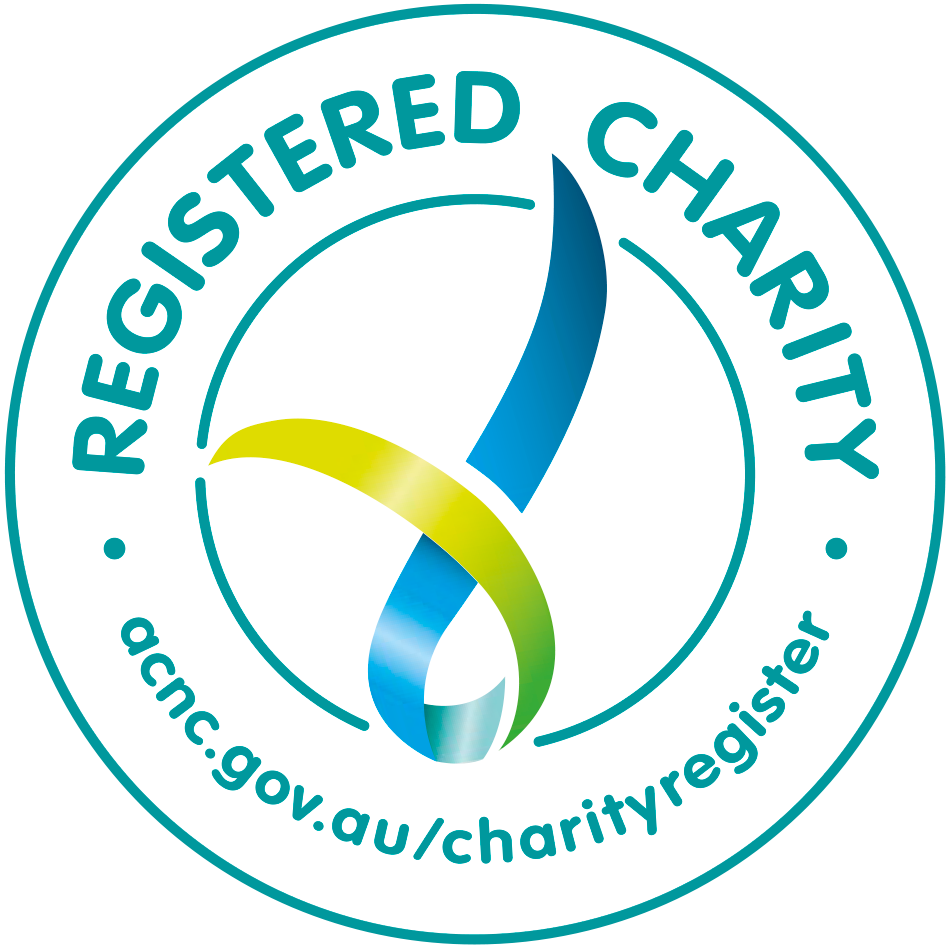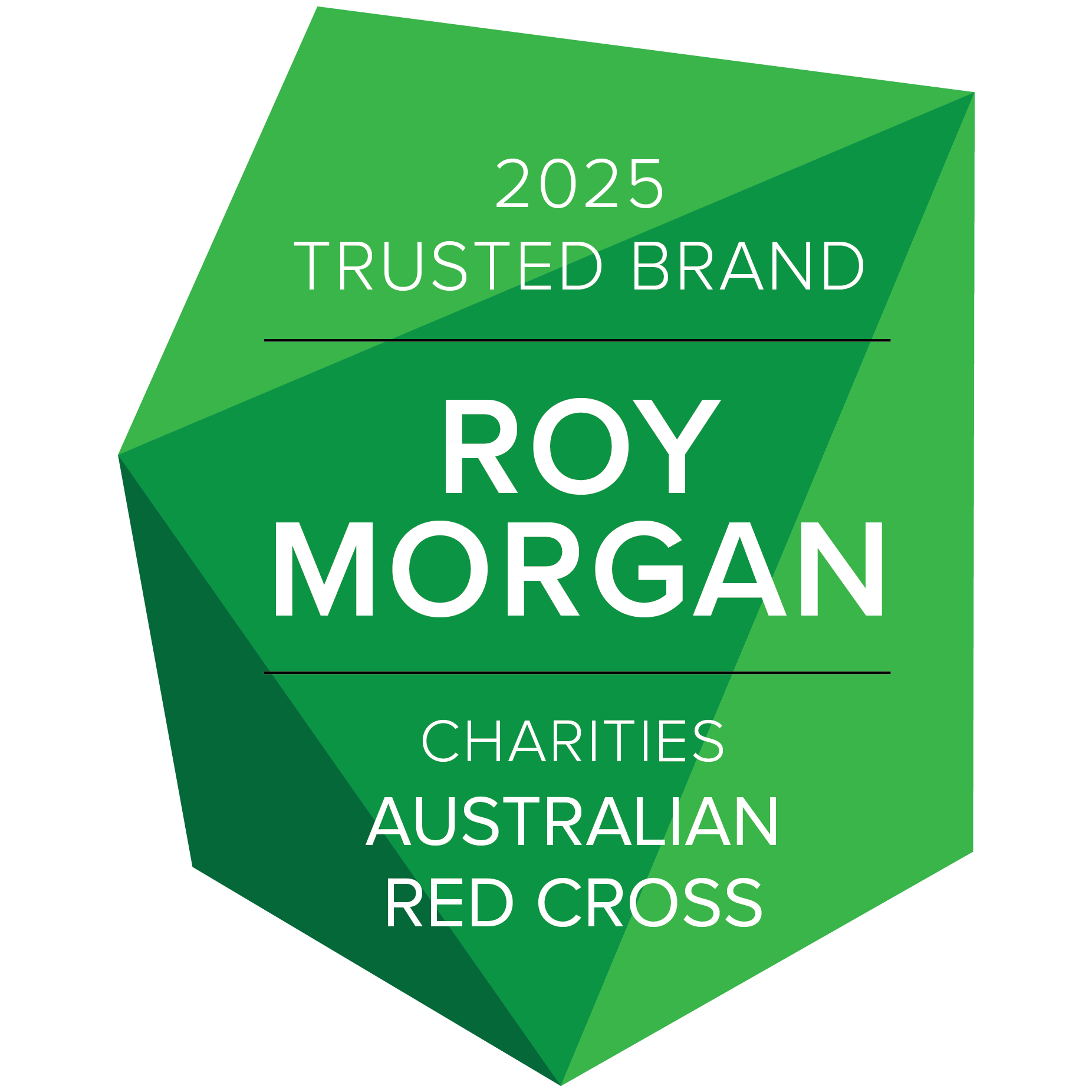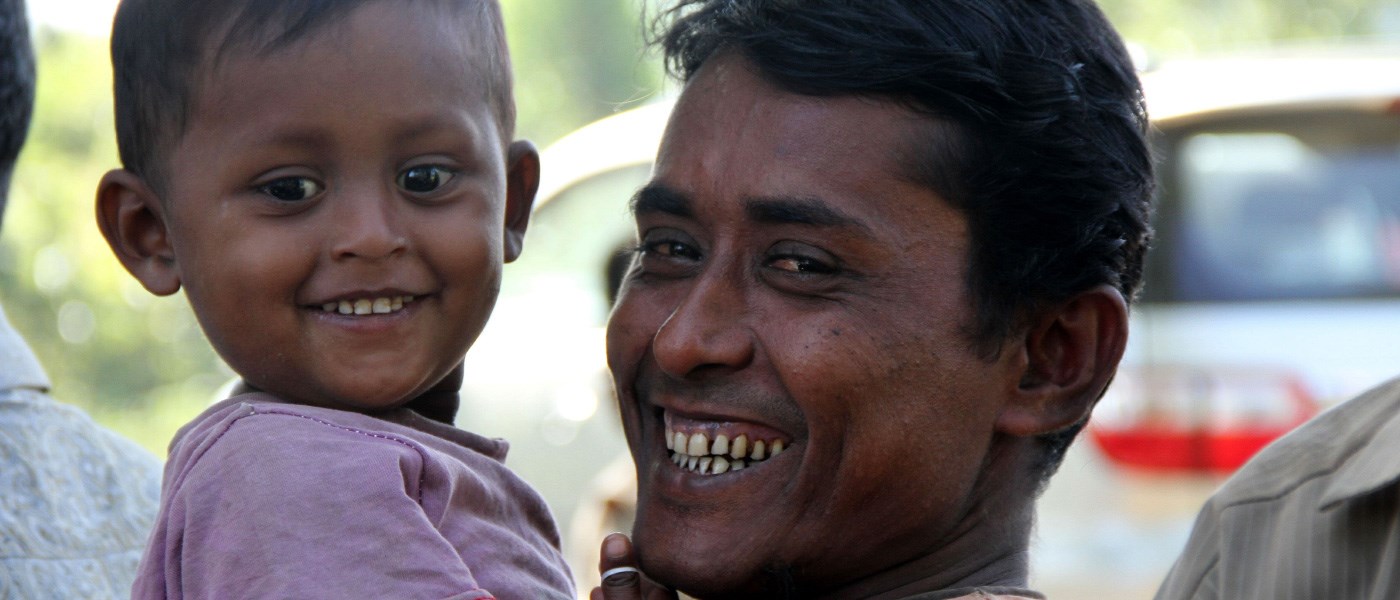


Every year, millions of people are forced to flee their homes to find safety.
In the past decade, the number of people displaced from their home has almost tripled, from 41 million to 117.3 million. Red Cross Red Crescent works with these people all over the world: in the places they flee from, the places they pass through, and the places they arrive.
1 in 69 people are now forcibly displaced, an increase from 1 in 159 in 2010, with the rate of global displacement now outpacing population growth. Understanding the facts about forced migration is as important as ever. The information below can help you have an informed conversation about why and how people seek safety. It can also help clear up some common misconceptions and misunderstandings.
An asylum seeker is a person looking for protection because they fear persecution, or they have experienced violence or human rights violations.
A refugee is a person who asked for protection and was given refugee status. They may have been resettled in another country or be waiting for resettlement. Not every asylum seeker becomes a refugee, but every refugee starts out as an asylum seeker.
A migrant is a person who leaves or flees their home to go to new places – usually abroad – to seek opportunities or safer and better prospects. Migration can be voluntary or involuntary, but most of the time a combination of choices and constraints is involved.
No. Everyone has the right to seek asylum from persecution. It is not illegal for people to flee persecution in their homeland or to cross borders without documents or passports in order to seek asylum. It is also not a crime under Australian law to arrive here by boat without a valid visa and ask for protection.
All people who arrive here by boat without a valid visa are subject to mandatory detention.
No. Many people arrive by plane with a valid visa then claim asylum while they are here.
Unlike people who arrive in Australia by boat, people who arrive by plane are generally not subject to mandatory detention.
No. Most people seek asylum in their neighbouring countries if it is safe for them to do so. In 2023, 69% of refugees and people seeking asylum resided in their neighbouring countries. The top hosting countries are:
Around the world in 2023, 3.6 million new claims for asylum were lodged with governments or through UNHCR.
The most recent publicly available data shows that Australia reported that during the 2019-20 financial year, 23,266 claims were made within Australia, and 70,621 from outside of Australia. In the 2020-21 financial year, 39,461 claims were lodged from outside of Australia.
No. In 2023, most refugees and people seeking asylum (69%) resided in their neighbouring countries if it was safe for them to do so. Most of these were developing countries, with 75% of refugees overall being hosted by low to middle income countries.
For example, in 2023, the Central African Republic, Chad, Ethiopia, South Sudan and Uganda granted 615,200 Sudanese refugee protection on a group basis. Bangladesh continued to host 854,782 people in a refugee-like situation from Myanmar. Throughout the year, 1.1 million people were granted temporary protection, most of them Ukrainians in nearby European countries.
The United States of America received the largest number of resettled refugees (75,100), with majority originating from the Democratic Republic of the Congo, Syria, Afghanistan, and Myanmar). Canada resettled 51,100 refugees (mostly from Afghanistan, Eritrea, Syria and Somalia). Australia’s protection program offers 20,000 places per year, available to people via resettlement from other countries or by granting protection to those who apply for asylum within Australia.
The gap between needs and actual resettlement is growing. Just 8% of the estimated 2 million individuals identified by UNHCR as most in need of the lifeline that is resettlement, received it in 2023.
No. Some people believe that people seeking asylum who come to Australia by boat or air are “queue jumpers,” and are taking the place of people who have registered with UNHCR or those who are waiting in refugee camps.
The UN resettlement system does not operate in this way. A queue implies that resettlement is an orderly process and by waiting for a period of time, a person will reach the front of the queue. The UN resettlement system prioritises asylum seekers for resettlement according to considered needs and situations of vulnerability, rather than waiting time.
In 2023, there were 31.6 million refugees worldwide. 24 countries resettled 158,700 of these globally via the pathways of resettlement, community sponsorship and other third-country solution programmes. This is despite UNHCR assessing 2 million refugees needing this lifeline. Over 2023–24, Australia granted 20,000 refugee and humanitarian visas for people under their financial year quota.
The Refugee Council of Australia says that if a global queue did actually exist, people joining the back of the queue might wait more than 180 years for resettlement.
At the end of 2023 there were 31.6 million refugees worldwide. This is the highest ever number recorded. Three quarters came from just five countries:
In 2023–24, Australia granted a 20,000 refugee and humanitarian visas. The majority of these people came from:
The number of children seeking safety is steadily increasing worldwide. In 2023, it was estimated that children below 18 years of age comprised 40% of the overall displaced population. This is a dramatic overrepresentation given they make up less than a third of the global population.
Almost two million children were born in international displacement between 2018 and 2023. Many of them are at risk of remaining in exile for years to come, some potentially for the rest of their lives.
People can be forced to migrate because of conflict, persecution, environmental degradation, poverty and development.
Most refugees and people seeking asylum reside in their neighbouring countries if it is safe for them to do so. In many countries, including in Asia Pacific, refugees and people seeking asylum do not have a legal right to stay, work or access basic service. This affects their ability to remain safe and support the most basic needs of their families.
Generally, people seeking asylum have very limited options available to them.
Where people can exercise choice in determining their destination country, they can be influenced by the presence of social networks, historical ties between the countries of origin and destination, and the knowledge or belief that a certain country is democratic, where human rights and the rule of law are likely to be respected.
Under international law, whether in Australia or another country, a person undergoes a rigorous process to prove they have a well-founded fear of persecution before they are granted refugee status. This may be for reasons of race, religion, nationality, membership of a particular social group or political opinion, resulting in the suffering of serious human rights violations including torture or cruel, inhumane or degrading treatment or punishment.
In Red Cross' experience, the majority of people who apply for asylum do so because their lives and safety are under threat from war, violence or human rights abuses in their homeland. Most people do not wish to leave the homes, families, friends and communities that they know and love.
Yes. All refugees and people seeking asylum undergo security checks.
In Australia, the Department of Home Affairs can refuse to grant or cancel a person’s visa if they are a risk to the Australian community.
Under both the UN Refugee Convention and Australian law, the right to refugee protection is not given to anyone strongly suspected of having committed a crime against peace, a war crime, a crime against humanity or a serious non-political crime outside their country of refuge, or anyone guilty of acts contrary to the purposes and principles of the United Nations.
Where people are eligible for support, the Australian Government provides basic income support, a maximum of 89% of the Centrelink unemployment benefit. Through community service providers, the Government also provides limited assistance to this group to meet their basic needs, such as assisting people to access health and social services.
Not every person seeking asylum in the community is eligible for support under these programs. People who are not eligible receive no Government financial assistance.
In Red Cross’ experience, the majority of people seeking asylum living in the community do so with access to limited formal supports and resources.
They want to work and be self-reliant, but often find it difficult, due to a combination of factors, including temporary visa status, limited understanding of how to find work in Australia, lack of recognition of overseas qualifications and limited English language skills (with little to no support to learn or improve English until they have been recognised as refugees).
When refugees arrive in Australia through the Humanitarian Program, they arrive as permanent residents and can immediately access income support payments in the same way as any other Australian permanent resident. They also receive some support specific to their needs such as access to caseworkers, help finding housing and English classes to help them become independent members of the community as quickly as possible.
Australia has a long history of humanitarian resettlement, providing safety to more than 970,000 people since World War II.
Refugees make an important contribution to Australia in many areas including social engagement, workforce participation, business ownership and volunteering within our communities.
Most families from refugee backgrounds can adjust effectively over time and generate substantial economic and social benefit. The Centre for Policy Development, for example, reports that in Australia, refugees are more than twice as likely to establish their own businesses compared to the broader population.
Many of Australia's successful and respected citizens have been refugees, having fled their home country to escape persecution.
Learn about human trafficking and forced labour navigate_next
To learn more about refugees and people seeking asylum, you can visit:
Red Cross pays our respects to the Aboriginal and Torres Strait Islander custodians of the country where we work, and to Elders, past, present and emerging.
Learn about our Reconciliation Action Plan and how we can all make reconciliation real.
This website may contain the images, voices or names of people who have passed away.


© Australian Red Cross 2026. ABN 50 169 561 394
